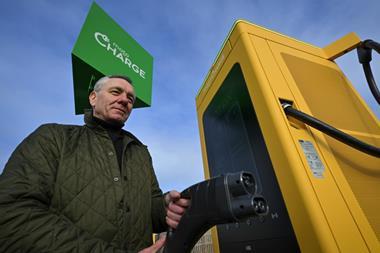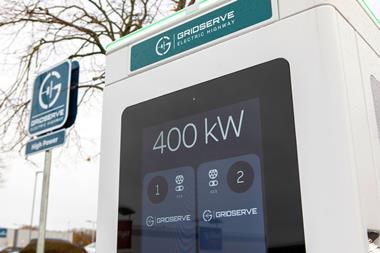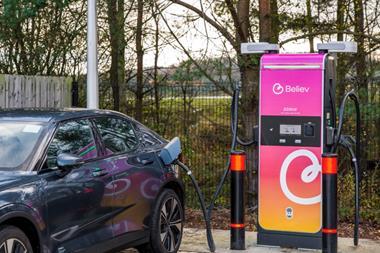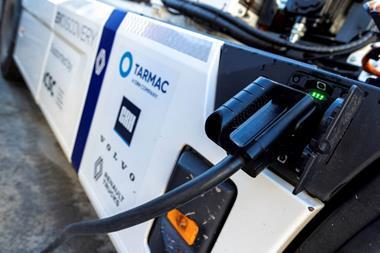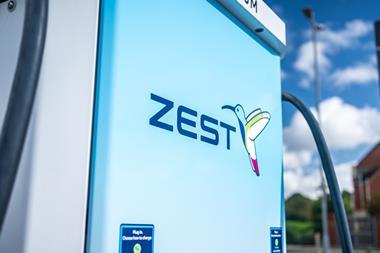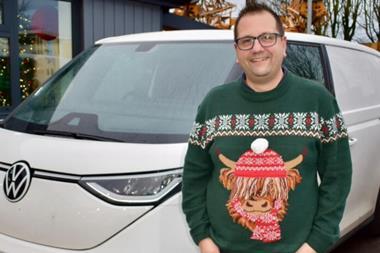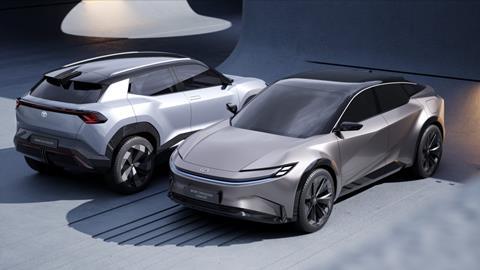
Toyota Motor Europe has announced that its new Urban SUV and Sport Crossover concepts will feature among the six dedicated battery EVs it will be introducing by 2026. These will also include a model based on the Compact SUV concept revealed last year and the current bZ4X SUV.
In Europe, Toyota’s electrified mix is already at 71% and is expected to grow to 75% in 2024. By 2026, the car giant will offer around 15 different zero emission vehicles under the Toyota brand, from passenger cars to light commercial vehicles. At this time, Toyota’s European BEV mix is expected to be more than 20% with more than 250,000 vehicle sales per annum.
Speaking at the company’s annual Kenshiki forum in Brussels, Andrea Carlucci, vice president at Toyota Motor Europe, said: “Looking at Europe specifically, the market today is highly diverse. But the target is 100% carbon neutrality by 2035 – in just 12 years’ time. This is something we are committed to achieving.”
Globally, Toyota’s programme embraces hybrid electric, plug-in hybrid electric, battery electric and fuel cell electric systems, hydrogen combustion engines and e-fuels.
The Urban SUV Concept draws on the success of the hybrid electric Toyota Yaris Cross, a top-selling model in its class. As well as the option of all-wheel drive – a key element for Toyota products – customers will also have two battery choices, to suit their budget or driving range requirements.
Toyota says the next-generation technologies it is developing for post-2026 will change the way vehicles are developed, made and used: “It will ensure that zero-emission mobility is affordable and accessible, true to its commitment to delivering sustainable mobility for all, with no one left behind.”
The motor giant is preparing to introduce a series of new batteries, the first of which will be a performance version, designed with a conventional structure but expected to offer twice the driving range and a 20% cost reduction compared to the current bZ4X.
This will be followed by a ‘good quality, low-cost battery’ that it believes will help popularise BEVs. It will have new shape, a bipolar structure and use cheaper lithium iron phosphate (LFP) as its principal material. The aim is for this to increase range by 20% and reduce cost by 40% (vs bZ4X).
The third battery to be introduced will focus on high performance, using bipolar technologies and a high nickel cathode. Even lower costs and a further extended driving range are expected.
Carlucci added: “We have made a technological breakthrough that overcomes the long-standing challenge of solid state battery durability. A method for mass production is currently being developed and we are striving for commercialisation in 2027-2028 with production capacity of several tens of thousands of vehicles.”





















